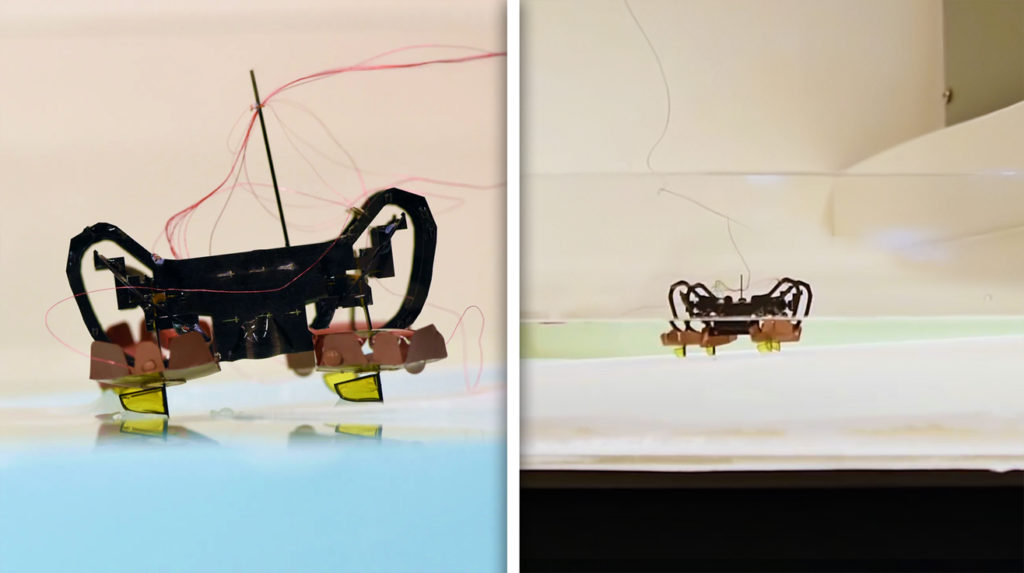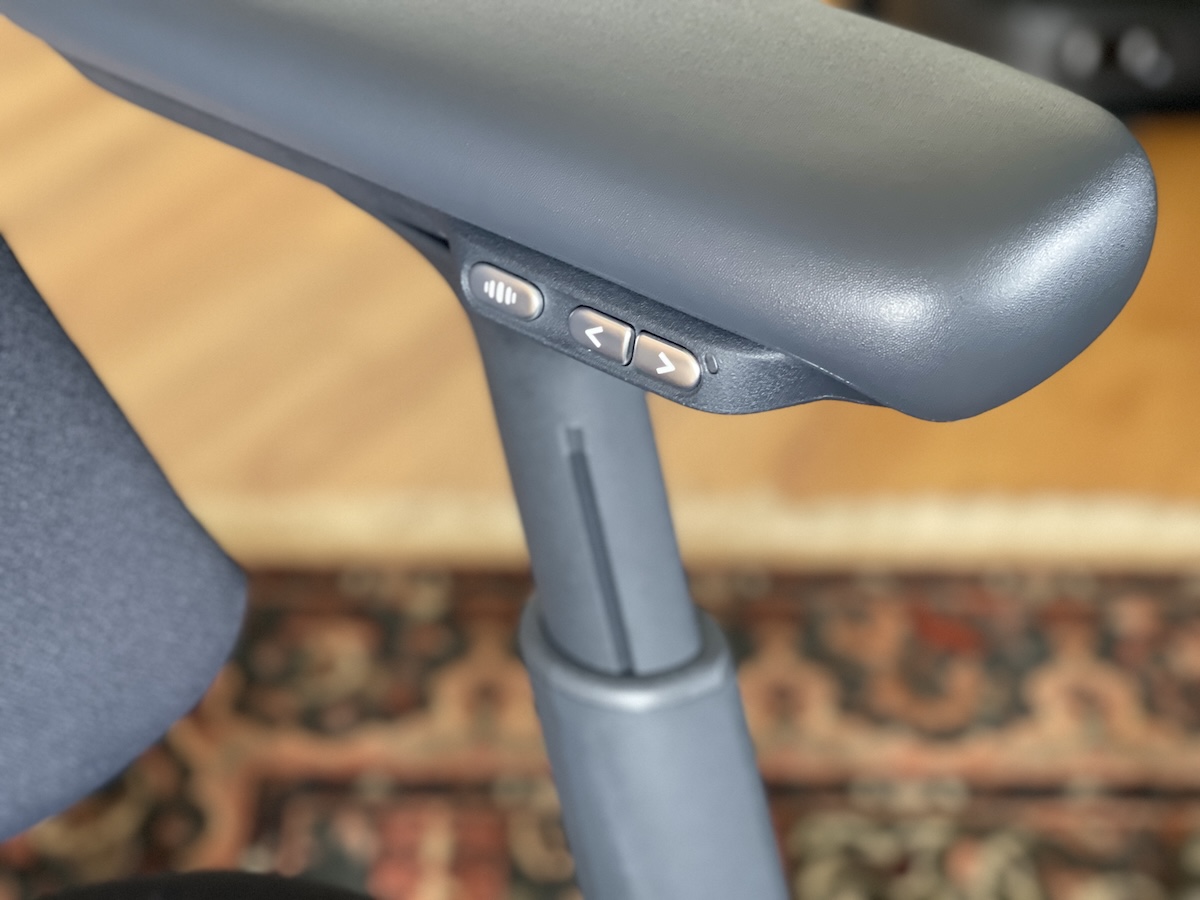Picture this: robots smaller than a penny navigating through your bloodstream with the precision of a surgeon’s hand. Since 2010, micro-robotics has transformed everything from medical procedures to manufacturing floors, with recent breakthroughs finally making targeted drug delivery a reality rather than sci-fi fantasy. These tiny mechanical marvels promise the kind of precision repairs and interventions that would make ant-sized surgeons jealous.
Disclaimer: Some images used for commentary and educational purposes under fair use. All rights remain with their respective owners.
Flying and Swimming Robot

Remember that transforming toy from the 90s that worked in water and on land but was basically terrible at both? This dual-environment micro-robot is nothing like that. This engineering marvel switches seamlessly between water and air – a significant improvement over previous attempts at amphibious micro-bots.
Jumping Robot

This micro-marvel has mastered the art of the perfect jump without getting stuck in the water’s surface – something any kid who’s ever belly-flopped knows is harder than it looks. Weighing just 68 milligrams, it uses a compressed spring system that would make Olympic long jumpers jealous, storing and releasing energy far more efficiently than previous designs.
Underwater Escape Mechanism

This clever bot solves the water exit problem with what can only be described as a tiny underwater rocket launch. Using minimal power, it reportedly splits water into hydrogen and oxygen through electrolysis, storing these gases in a compact chamber about the size of a multivitamin.
Walking and Diving Robot

This amphibious micro-bot pulls off the water-walking trick that made Jesus famous, but with science rather than miracles. Using copper pads with water-repellent properties, it cruises across the surface at several centimeters per second.
Precision of Micro-Robotics Components

Manufacturing for micro-robotics makes Swiss watchmaking look like building with Duplo blocks. These tiny machines demand production techniques like two-photon polymerization and electron beam lithography to achieve parts precise to within five microns.
Maple Seed Inspired Robot

Nature solved flight long before humans had the first clue, and this robot borrows directly from the maple seed’s elegant aerodynamic design. By mimicking natural autorotation patterns, engineers have achieved significant improvements in lift-to-power ratio.
RoboBees with Soft Polymers

The latest RoboBees ditch brittle crystals for silicone-based polymers coated with carbon nanotube layers thinner than a virus. These advanced materials can stretch significantly under electrical stimulation – delivering substantially improved efficiency over piezoelectric systems while being significantly more durable. Think of it as the difference between an old-school fluorescent bulb versus a flexible OLED display.
HAMR Robot for Turbine Inspection

The HAMR robot revolutionizes aircraft maintenance with capabilities that make traditional inspection methods look like checking your engine with a flashlight. Its specialized sensors are designed to detect hairline cracks invisible to the naked eye but potentially catastrophic if left unaddressed.
Penny-Sized Engine Robot

This micro-bot packs surprising power using a miniature engine that burns methane and oxygen – generating impressive power from an energy source smaller than your thumbnail. Weighing just 1.6 grams (equivalent to a gummy bear), this powerhouse jumps two feet into the air and carries an impressive 22 times its body weight.




























